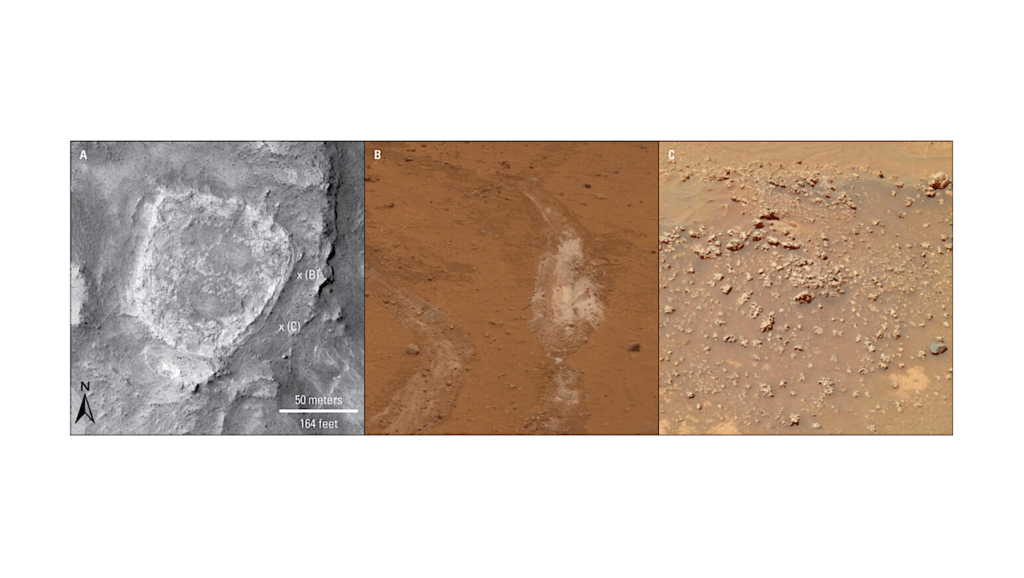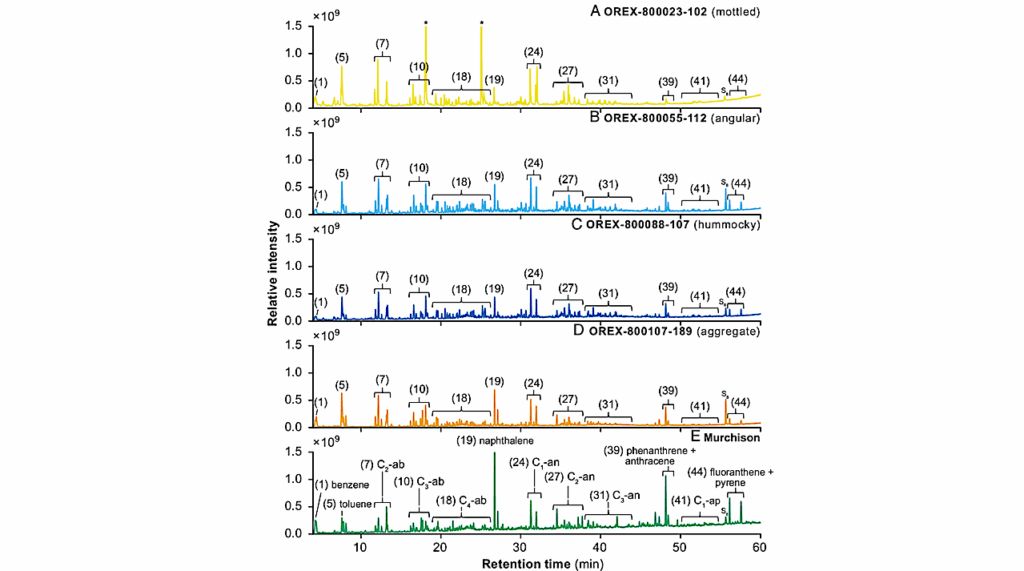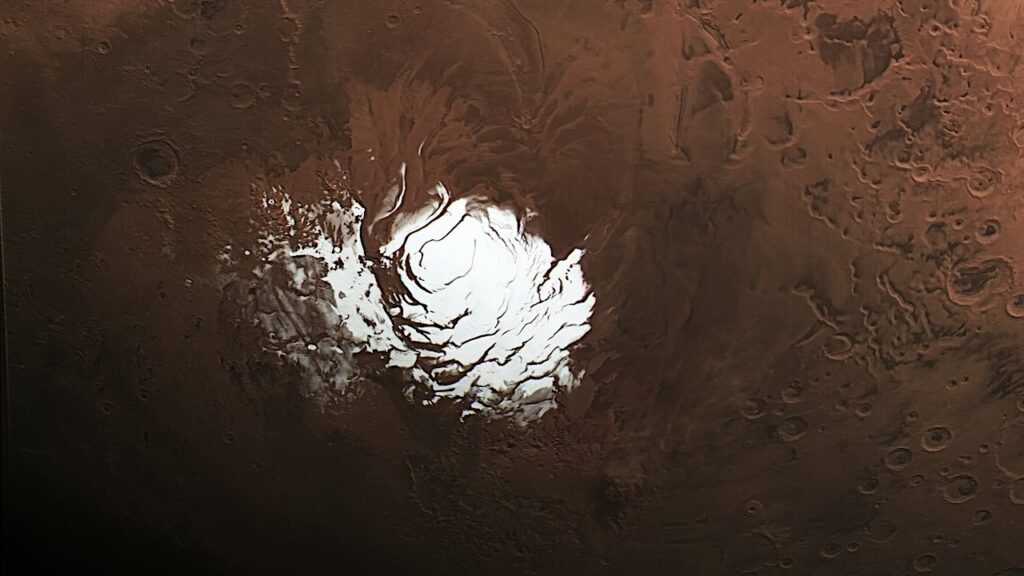Clays And The Origin Of Life: The Experiments

There are three groups of scientists dominating the search for the origin of life: the organic chemists (the Soup), the molecular biologists (RNA world), and the inorganic chemists (metabolism and transient-state metal ions), all of which have experimental adjuncts.
It is time for Clays and the Origin of Life to have its experimental adjunct. The clay data coming from Mars and carbonaceous chondrites have necessitated a review of the role that clays played in the origin of life on Earth. The data from Mars have suggested that Fe-clays such as nontronite, ferrous saponites, and several other clays were formed on early Mars when it had sufficient water.
This raised the question of the possible role that these clays may have played in the origin of life on Mars. This has put clays front and center in the studies on the origin of life not only on Mars but also here on Earth. One of the major questions is: What was the catalytic role of Fe-clays in the origin and development of metabolism here on Earth? First, there is the recent finding of a chiral amino acid (isovaline) that formed on the surface of a clay mineral on several carbonaceous chondrites.
This points to the formation of amino acids on the surface of clay minerals on carbonaceous chondrites from simpler molecules, e.g., CO2, NH3, and HCN. Additionally, there is the catalytic role of small organic molecules, such as dicarboxylic acids and amino acids found on carbonaceous chondrites, in the formation of Fe-clays themselves. Amino acids and nucleotides adsorb on clay surfaces on Earth and subsequently polymerize. All of these observations and more must be subjected to strict experimental analysis. This review provides an overview of what has happened and is now happening in the experimental clay world related to the origin of life. The emphasis is on smectite-group clay minerals, such as montmorillonite and nontronite.
by Jacob Teunis, (Theo) Kloprogge, and Hyman Hartman
Clays and the Origin of Life: The Experiments – Full article
Astrobiology








